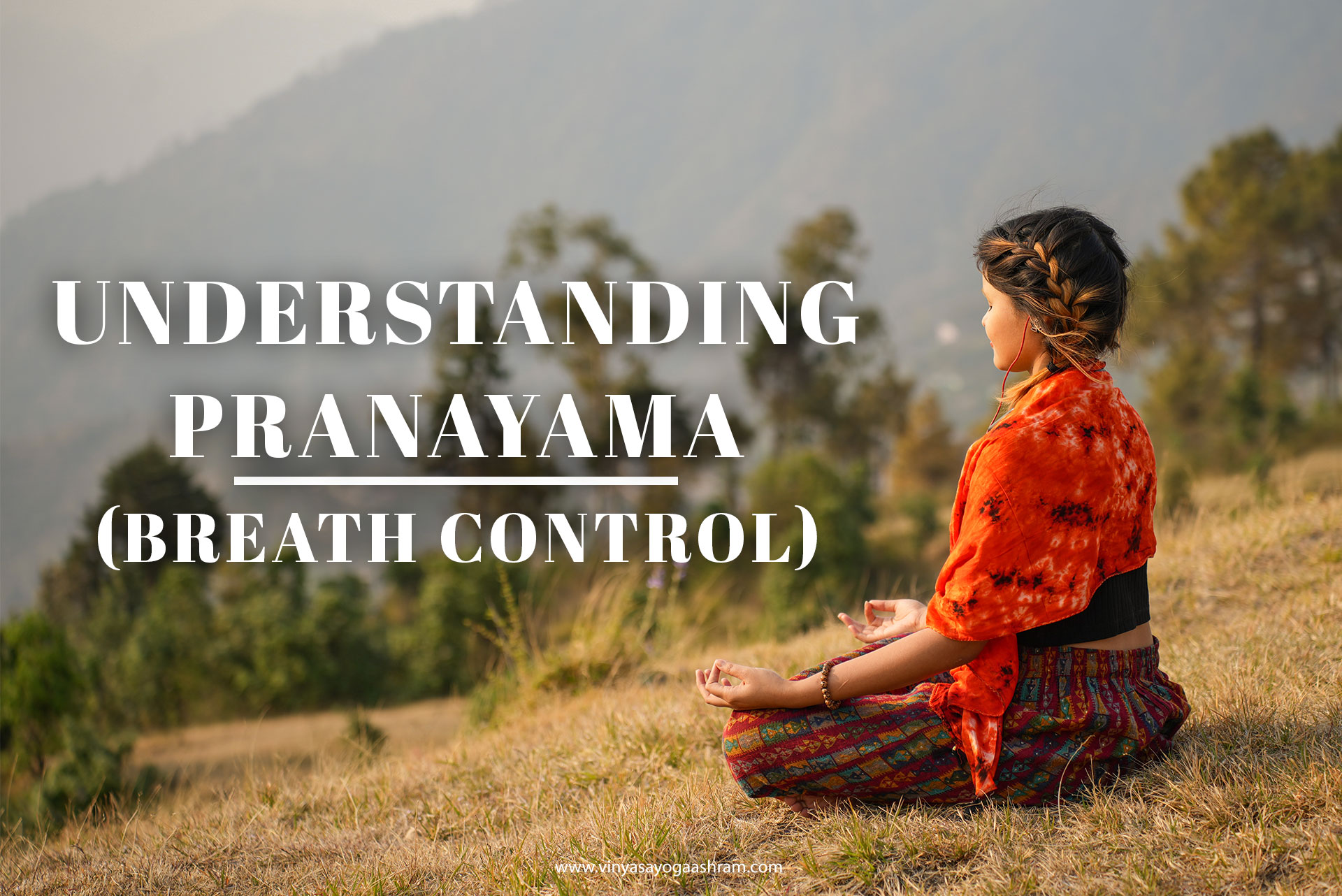Understanding pranayama (Breath Control) is the very first step to exploring how powerful our breath really is. It is one of the most important steps in deepening our yoga practice. For yoga practitioners, pranayama is actually the tool (way) to make a good breath control. Breath is not just inhaling the air in and moving it out of the body; it is Prana, the vital life force which keeps us alive as well as balanced. So breath control is the art of guiding the life force, or prana, within us. Through understanding pranayama (breath control), we learn not just to breathe, but to breathe with awareness. By learning pranayama or breath control, we can connect the mind and body, bring calmness, and support holistic healing. This practice is far more than simple inhaling and exhaling the breath. When we engage in pranayama yoga, we strengthen the mind-body connection as well as open the door to holistic healing. Hence, when we focus on our breath, we tap into a deeper state of calm. Pranayama breathing techniques help us slow down, balance energy, and invite peace. Hence understanding pranayama (Breath control) is also about how we breathe and how we connect our breath with our mind. When we truly start understanding pranayama, we begin to see how simple breathwork can change our inner world. This is why the ancient yogis gave so much importance to pranayama breath control. With regular practice, breath control in yoga becomes a doorway to better health, balance, and peace. So, let us explore pranayama, going step by step into its meaning, the pranayama techniques, as well as how these breathwork practices can transform your life.
What is Pranayama?
The word Pranayama is made of two words from Sanskrit language—Prana and Ayama. Prana means the life force or an energy that flows through all of us (the living beings). Ayama means control or expansion. So, when we add these two words, it comes to be pranayama that means the expansion as well as control of life energy or life force through the practice of yogic breathing. The breath control yoga is about working with the life force inside everyone. When you start practicing pranayama breathing techniques, you learn the art of conscious breathing. The mindful act of pranayama helps you calm your nervous system, clear your thoughts, as well as strengthen the mind-body connection. In fact, the people who suffer from stress get great relief when they include pranayama for anxiety in their daily routine.
The Importance of Breathwork in Yoga
As yoga practitioners, we generally get to hear the word breathwork. But what does it really mean? Breathwork practices are simple, however very powerful ways of paying attention to your breath. By slowing it down, by guiding it, or by energizing it, you can change the way your body and mind feel. When we practice pranayama breath control with full focus, we are not only taking in oxygen but also guiding the flow of Prana, our inner life force. With regular practice, this leads to holistic healing. Your energy increases, your mind becomes clearer, as well as your emotions feel lighter. This is the real magic of pranayama yoga.
Different Pranayama Techniques
Now let us look at some common pranayama techniques that you can practice. Each one has its own method and benefit.
- Nadi Shodhana (Alternate Nostril Breathing)
Alternate Nostril Breathing is also called nadi shodhana pranayama, this technique balances the right and left sides of the brain. This pranayama has a very calming nature as well as helps in reducing stress. Practicing Nadi Shodhana, brings clarity to the mind of the practitioner as well as balances his or her emotions.
- Ujjayi Breathing
Known as the ocean breath, ujjayi pranayama or ujjayi breathing creates a soft sound in the throat as you breathe. It warms the body, builds focus, and is very helpful during asana practice.
- Bhramari Pranayama
In Bhramari Pranayama, you produce a humming sound like a bee while exhaling the breath. Bhramari pranayama is very helpful for calming the mind, improving concentration, as well as reducing anxiety.
- Kapalabhati
Kapalabhati is also known as the skull-shining breath. This is a cleansing practice, so it is a pranayama as well as a kriya. Kapalbhati pranayama involves forceful exhalations and passive inhalations. This breathing technique clears toxins, improves digestion, as well as energizes the body.
- Bhastrika Pranayama
Also known as the bellows breath, Bhastrika pranayama is powerful and energizing. It increases lung capacity and boosts vitality. It is used for awakening the energy in the body.
These pranayama breathing techniques are safe if done with awareness. They should be practiced slowly at first, on an empty stomach.
Pranayama Breathing and the Mind
One of the most beautiful as well as beneficial gifts of pranayama breathing is how it affects our mind. When you practice mindful breathing, your stress levels come down. You begin to notice your thoughts more clearly. Many of my students have shared how simple conscious breathing has helped them deal with worry, fear, or overthinking. This is why pranayama for anxiety is so effective. The link between your breath and your mind is very deep rooted. A restless breath creates a restless mind, while a calm breath creates a calm mind. Through breathwork practices, we learn to control this cycle and move toward peace.
Benefits of Pranayama
If a practitioner performs a steady practice, he or she can experience the benefits of pranayama such as:
- Stronger lungs and better breathing capacity
- Relief from stress, tension, and anxiety
- A balanced nervous system
- Better focus and memory
- Improved digestion and metabolism
- Clearer skin and glowing health
- Stronger mind-body connection
- More energy and inner strength
Pranayama and Holistic Healing
The pranayama techniques are not only physical exercises but also great tools for holistic healing. When you practice breath control in yoga, you are supporting your physical health, your emotional balance, as well as your spiritual growth. Pranayama yoga works as a bridge between your body and the spirit. It is not just about your lungs or breath; it is about awakening your life force as well as living in harmony.
How to Start Your Breathwork Practices
If you are new to pranayama breathing techniques, here is how you can start your practice successfully:
- Perform in a quiet place – Sit in a comfortable position with a straight backbone. The place of practice should be calm and quiet.
- Start with simple mindful breathing – Notice your inhale as well as exhale and perform the breathing mindfully without forcing it.
- Add easy pranayama – Begin with nadi shodhana or bhramari pranayama. They are gentle as well as safe to perform in the beginning.
- Practice regularly – Keep the practice regular. Even 5–10 minutes daily can bring good changes.
- Never push too hard- Yoga is about awareness, not force, so pay attention to symptoms of your body .
You can try more advanced techniques such as bhastrika pranayama, kapalbhati pranayama, or ujjayi pranayama under the guidance of a teacher.
Understanding pranayama (breath control) is the key to unlocking the hidden power of your breath. When you bring awareness to breath control yoga, you do not just make your inhaling and exhaling perfect—you awaken your Prana, your inner life force. Through pranayama breathing techniques, you create balance, health, as well as peace in your life. Whether you try practicing pranayama for anxiety, for energy, or for meditation, the pranayama practiced as a part of
yoga teacher training course India will always guide you back to yourself. So each breath is a gift, and each practice of pranayama is a step toward holistic healing. Take this wisdom with you, and let your breathwork practices guide you into a calmer, healthier, and more mindful life.


